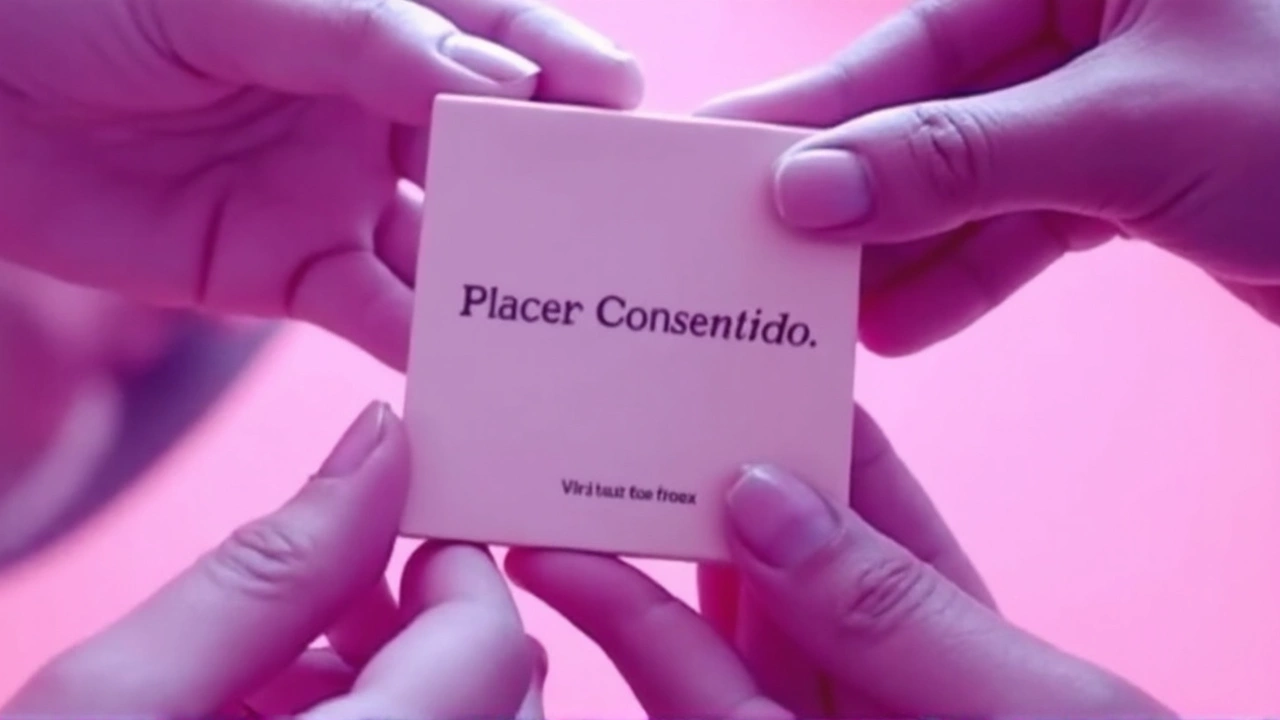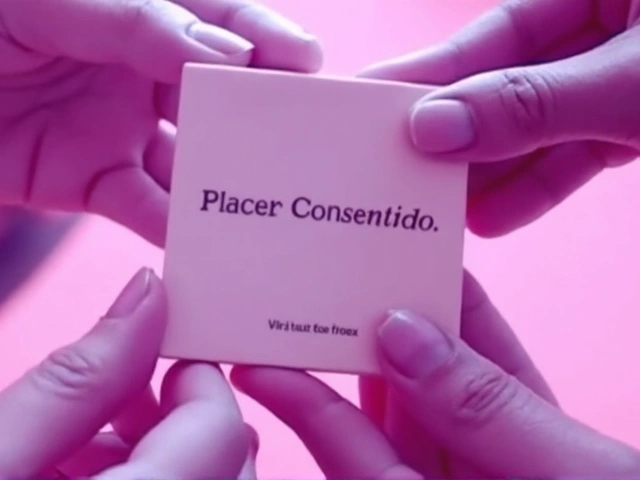Mutual Consent Condom Unveiled in India to Prevent Stealthing and Non-Consensual Sex

New Condom Technology Tackles Non-Consensual Acts Head-On
Picture this: you're about to have sex, but there's an extra step before that condom goes on—both of you have to give the green light. That's the pitch behind a new condom now available in India, designed to lock unless both partners actively agree to open it. It's a bold response to a tricky problem—stealthing, or the act of removing a condom during sex without the other person's consent.
This isn’t just about physical protection. It's about trust and mutual agreement. The product comes with either a physical locking system or an app-based confirmation, forcing a pause for explicit consent from both people. No agreement, no access. Stealthing has been recognized by courts in Canada and debated by legal experts in India as a clear violation of consent. So this condom isn’t just a gimmick—it's a signal that consent needs to be crystal clear, every single time.

Consent, Culture, and the Modern Bedroom
So, how does this actually work? While the company hasn't spilled all the details, the basics are pretty straightforward. Say it's a physical lock—it might require two hands, one from each person, or maybe synchronized actions to unlock. If it’s digital, both parties would connect to an app, verify their willingness, and then receive a code to open the wrapper. Either way, it's built on the simple idea that both voices matter before the seal is broken.
This approach matches a growing movement worldwide: only an enthusiastic 'yes' is good enough. The message is unmissable—just because one person is willing doesn’t give them a free pass to act however they want. For people who've worried about partners slipping off protection mid-act—or who’ve felt their boundaries weren't respected—this mutual consent condom tries to put power back where it belongs: with both people, equally.
But the reality check comes pretty quickly. India’s conversations around sex and consent are still loaded with taboos, family pressures, and patchy sex education. For many, bringing an app into the bedroom or fiddling with locks could feel awkward, even embarrassing. Legal frameworks around sexual consent exist, but enforcing them has always been tricky, especially when evidence and testimony clash.
- Emerging technology supporting clear, direct consent.
- Potential to empower people, especially those worried about sexual autonomy or safety.
- Challenges with adoption due to cultural attitudes and privacy concerns.
The product might not be for everyone. It’s hard to imagine Indian bedrooms suddenly filling with consent-enabled condoms overnight. But for younger couples, or anyone concerned about being truly heard before things get intimate, this kind of innovation could offer a little peace of mind—and maybe even spark a wider, much-needed conversation on what real consent should look like.
